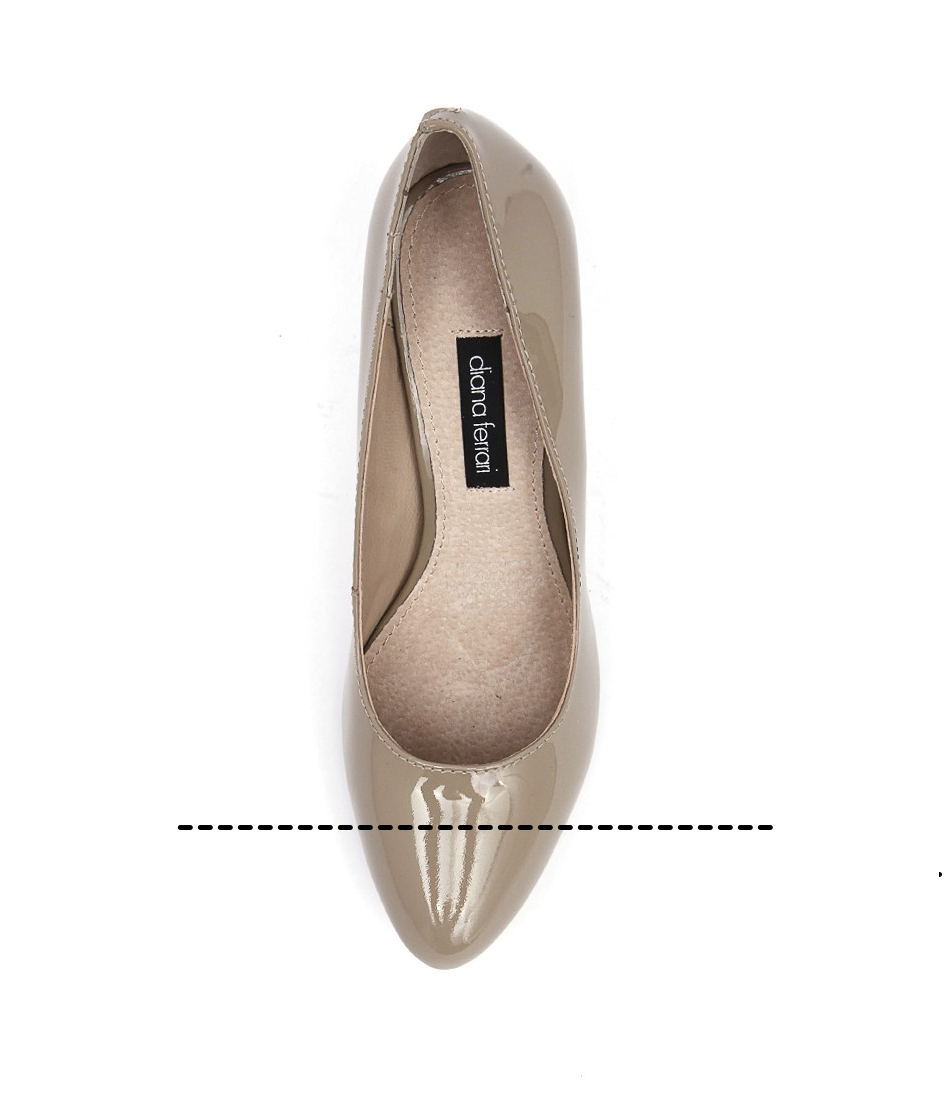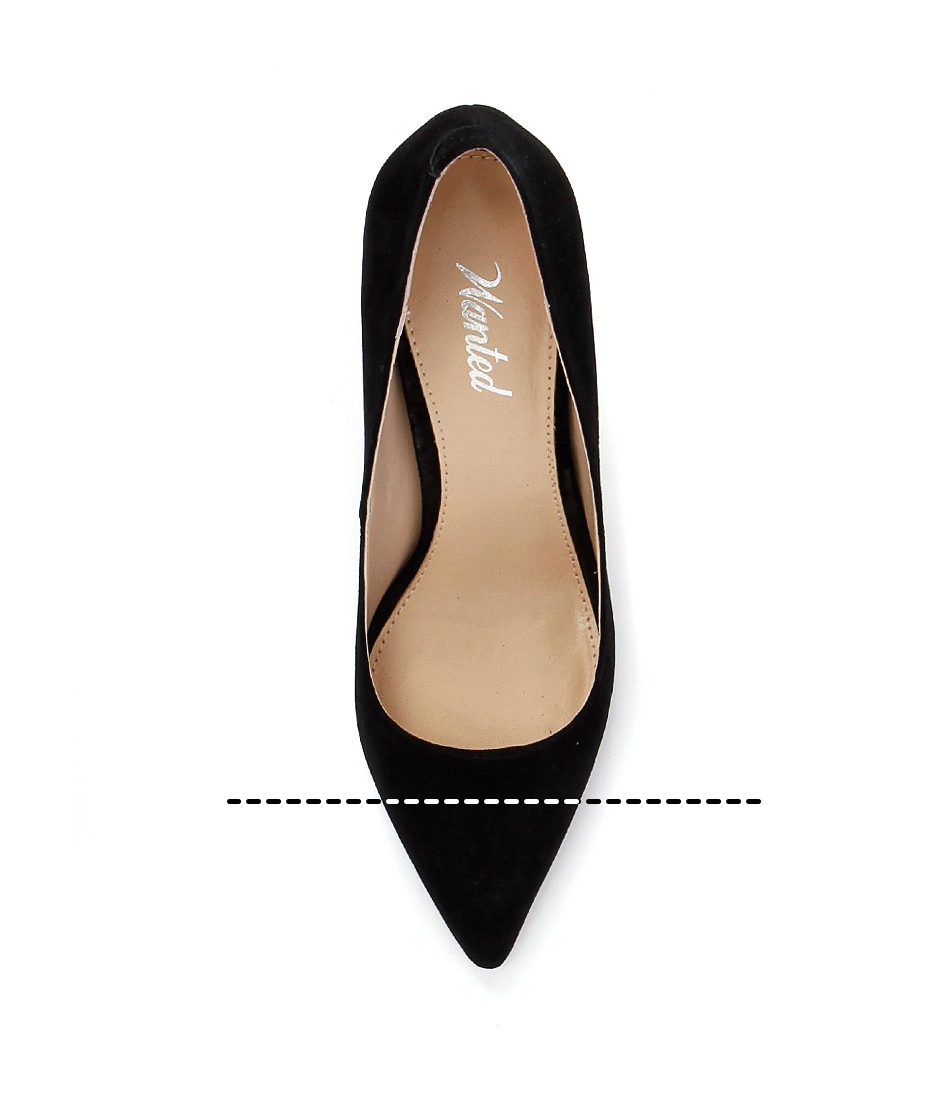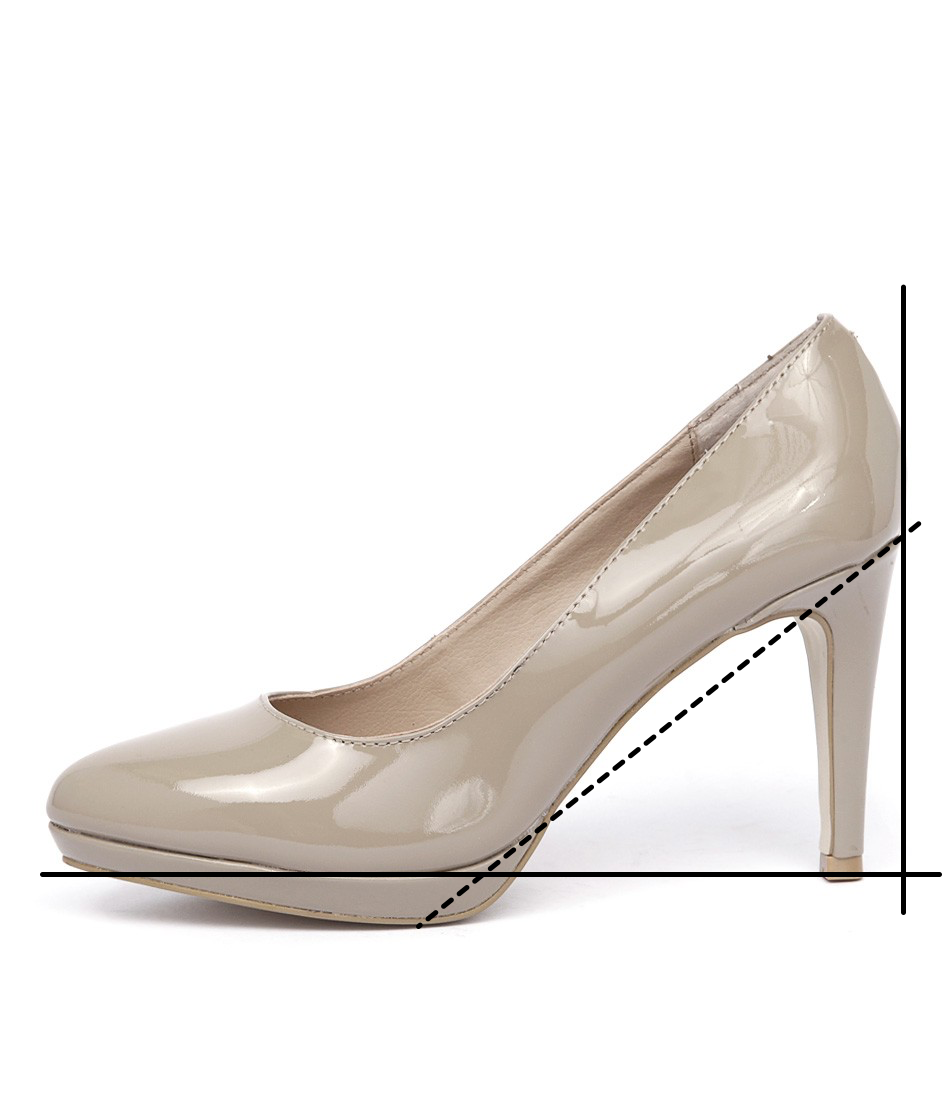Podiatrist’s often find Women’s Shoes the hardest category to refer and recommend for, as a large proportion of women’s footwear is led by fashion.
I believe this is simple. You can certainly wear high heeled shoes and ballet pumps without damaging your feet. There is a time and a place for ‘beautiful shoes’ and compromise is always important for female patients. High heeled shoes and ballet pumps are never going to go out of fashion so we need to work with them.
A number of things we look for in a women’s shoe are:
1. The heel to toe gradient: Often the heel height can be deceiving as it appears very high, however if the toe box is also built up either on the outside and or inside the shoes the height of the shoe may not be that high, it is the gradient between the two which is important. Ideally the gradient should be no more than 4cm for every day wear.
2. The type of materials the shoes are made of: If the outer of the shoe is made of a good leather then it should soften and mould to the foot shape.
3. Toe box shape: We often think that a square, deep toe box is the ideal, however, not all shoes these days are made this way. What a lot of people do not realise is that a pointed toe shoe may look like the toes are being pushed together, however, if the shoe is fitted properly then the toes should finish at the widest part of the shoe.


The most important thing with women’s shoes is the fitting. The majority of people have the wrong sized footwear and in high heeled shoes and ballet pumps this can lead to calluses, corns and bunions. Size does vary with brand and style so checking first is very important.
Keep high heeled shoes for occasions use them for sitting down events (weddings, dinners, funerals etc) and make sure you are not standing in them for more than 3 hours.
What can Podiatrists do?
We can often add more to the shoes e.g. arch fillers, cushioning and forefoot support to make the shoes work better for specific foot types. Book in an appointment with a Podiatrist for advice on footwear, and how to make your footwear work better for you.



